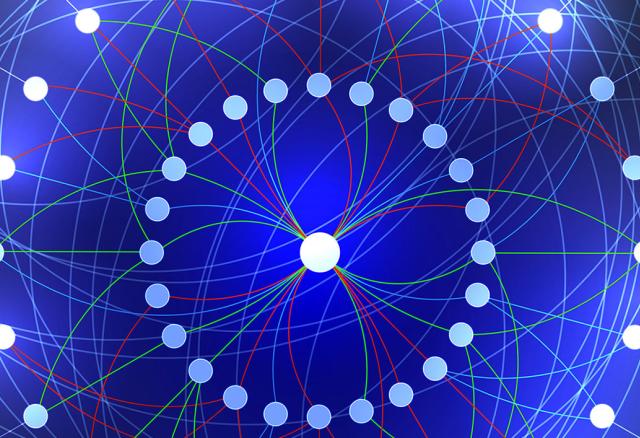NOMA With Index Modulation for Uplink URLLC Through Grant-Free Access
This paper proposes nonorthogonal sharing of available resources between latency-critical and latency-tolerant communication for fulfilling tight requirements of ultrareliable low-latency communication (URLLC) as well as avoiding inefficient spectrum utilization of grant-based (GB) access for sporadic URLLC traffic.






